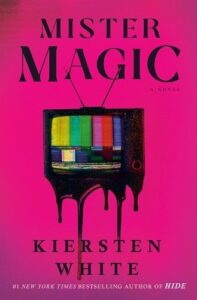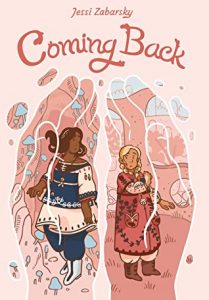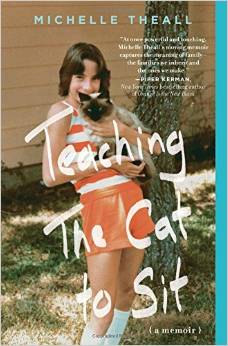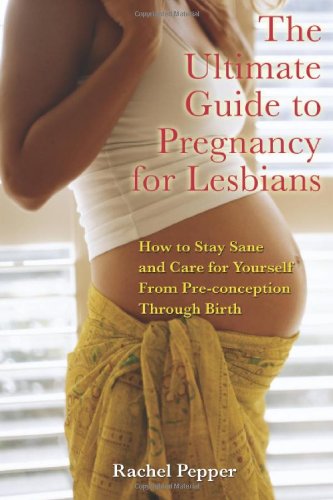Buy it on Amazon with this Lesbrary affiliate link!
Make Her Wish Come True by A.L. Brooks was released on October 23, 2003 and is a contemporary romance about two women who are absolutely not in a place to date. Or so they keep telling themselves.
Abby Baxter had to grow up way too fast, stepping in to raise her 12-year-old half-sister after their mom passed away. She’s been working for an online magazine as an administrative assistant until she can break into her dream profession: a journalist. Her prospects seem to get a boost when her friend, a columnist who writes for the magazine, offers Abby a deal: fake date a woman for a story, and she’ll do what she can to get Abby her shot at writing.
Erica Goode has been solely focused on raising her daughter, Kayla, for the last eight years. She works two jobs to help support their family, and has no time for a social life. When she’s presented with the chance to date Abby, and get out of the house in the process, who is she to say no? What follows is a slow-burn romance for two women who have both made sacrifices that many others can’t easily understand—and neither knows quite what to do when presented with someone who understands what the other has been through but recognizes they might not be at the same point in life.
I adored this sweet and charming story about two women trying to find their way after both of their lives took unexpected turns when they were young. Abby is so sure she doesn’t want another child in her life after having to put hers on pause to raise her sister. When she meets Erica and her daughter Kayla, Abby is adamant she can’t be in a real relationship with someone who has a kid. And despite finding Abby incredibly attractive in more ways than one, Erica’s number one priority is her daughter. What I really appreciated about this story was that you couldn’t fault either woman for how they felt and what their limitations were. I understood why Abby was so hesitant. After dropping out of college to care for her sister, Abby knows better than anyone that raising a child is a huge responsibility and, with her sister now in college, it makes sense that she is incredibly reluctant to do it all over again. As much as you want Abby to give this relationship a real chance, I respected that A.L. had Abby take her time. Deciding whether you’re prepared to make all those sacrifices again can’t be something decided overnight. As a reader, I wouldn’t have been able to trust it otherwise—and certainly neither would Erica.
As a parent myself, I found Erica’s emotions around dating to be relatable and true. It’s so hard not to lose yourself in parenting, and you have to make the conscious decision to make time for you to be a “person” outside of that role. As a single parent, Erica feels the added pressure of trying to be everything to her daughter. It’s so easy to think that our kids should be our sole focus all the time. Sure, for a period of time after they’re born, that is how it needs to be, but as kids age, it’s necessary to have an identity outside of “parent” and to be a whole person. With that said, it is often incredibly hard to balance these roles and responsibilities, and to do so without feeling guilt is near impossible. A.L. presents that dilemma in a realistic way, though you can’t help but hope Erica allows herself the happiness she deserves. I also loved the multigenerational parenting that occurred in this story. Erica’s mom is such a huge part of helping raise Kayla, and we see that the concern for your kids never goes away—even when they are grown.
At its heart, this feels like a story about letting go of the past and being willing to be brave enough to see a brighter future. Things can always go wrong, hearts can always be broken, but sometimes those risks are worth taking. Both Erica and Abby have things to lose, but they both also have everything to gain.
Kayla, Erica’s daughter, is cute and precocious. She’s a good kid, and it’s clear in the story that Abby’s reluctance isn’t about Kayla, but about the undertaking of caring for another human being. The way Abby and Kayla’s relationship grows is sweet and organic. Kayla asked Santa for another mom, and the journey to that answer is complicated and real.
While this story has many sweet moments, and I appreciated that any angst along the way was dealt with in a timely manner, it should also be noted that this certainly has some steam that not just Erica and Abby appreciated! Although Erica has known she was bisexual since she was a teenager, she’s never physically been with a woman before, and A.L. builds that tension between her and Abby incredibly well. There is something delicious about the fake dating trope, especially when it’s clear both main characters are fighting that attraction. The series of dates, including skating and romantic dinners, offer plenty of situations for that tension to build and grow.
This is a great book to kick off November!





